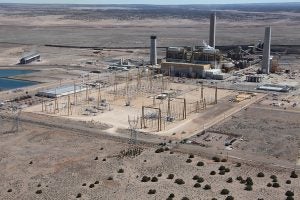 New Jersey has proposed using federal Sandy relief funds to set up an Energy Resilience Bank that would fund projects to make the state’s energy infrastructure more resilient in the face of extreme weather events. The Bank is an innovative proposal that will help New Jersey prepare for the future in the wake of Superstorm Sandy, which destroyed thousands of homes and businesses, causing human loss and suffering that continues for many today.
New Jersey has proposed using federal Sandy relief funds to set up an Energy Resilience Bank that would fund projects to make the state’s energy infrastructure more resilient in the face of extreme weather events. The Bank is an innovative proposal that will help New Jersey prepare for the future in the wake of Superstorm Sandy, which destroyed thousands of homes and businesses, causing human loss and suffering that continues for many today.
Climate change increases the likelihood that New Jersey will continue to be buffeted by storms such as Sandy, which exposed and underscored the need to upgrade to a more resilient, low-carbon energy infrastructure when a third of the state lost power for nearly a week. The Energy Resilience Bank, which will be capitalized at $210 million, would help expedite this process, allowing the state to keep the lights on and residents safer during the next storm. Read More














